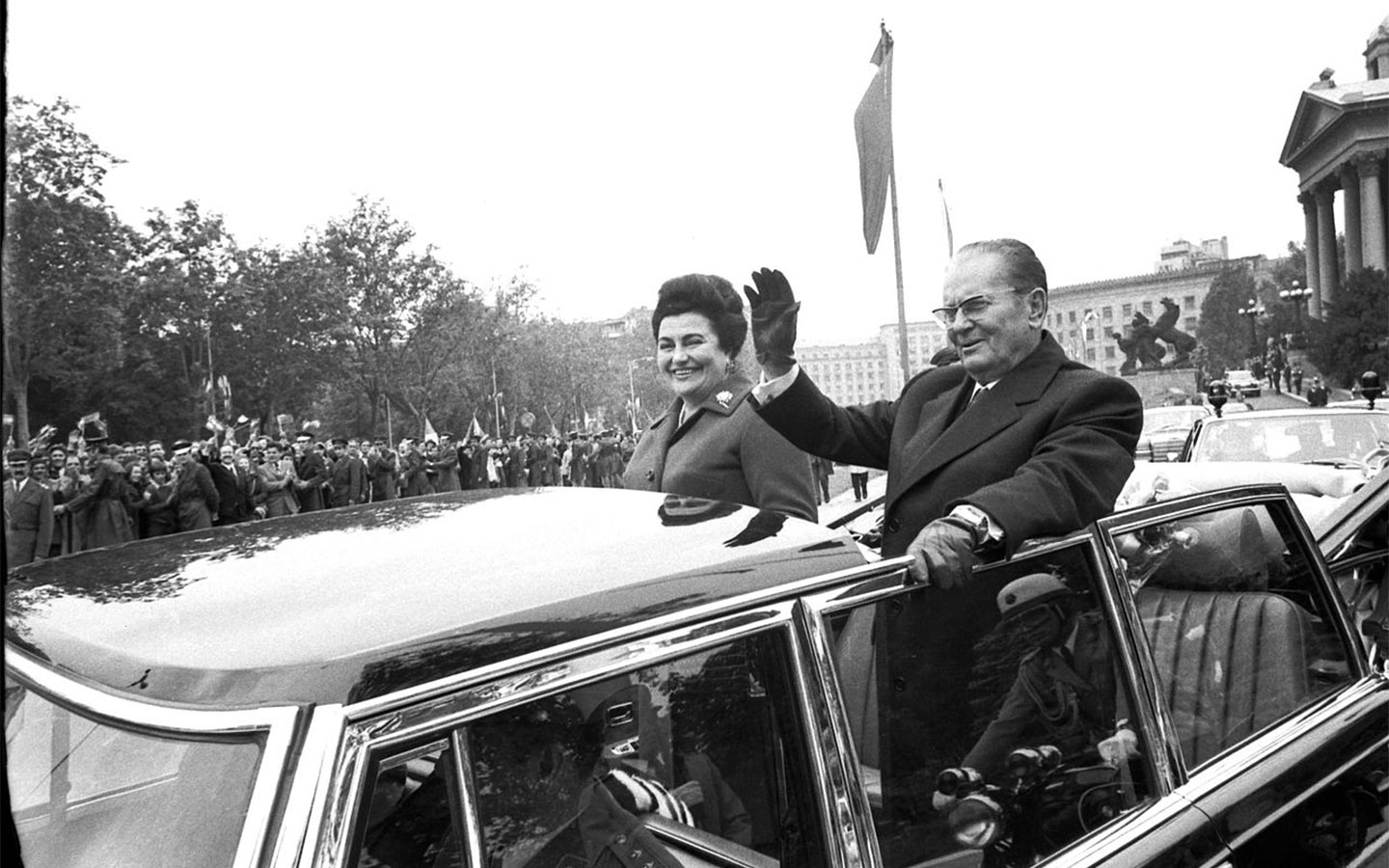Josip Broz Tito was an iconic figure in the 20th-century political landscape. As the leader of Yugoslavia, he navigated a unique path between the Western capitalist bloc and the Eastern communist bloc during the Cold War. Under his leadership, Yugoslavia became an influential force in the Non-Aligned Movement, and Tito himself became synonymous with Yugoslav resistance and unity. Here are seven significant facts about Josip Broz Tito.
1. Tito in the Spanish Civil War
Before his leadership in Yugoslavia, Josip Broz Tito was deeply involved in the Spanish Civil War. Aligning with the International Brigades, he fervently supported the Republicans against Franco’s Nationalists. This conflict served as more than a distant battle for Tito; it was an ideological proving ground, where he gained invaluable insights into guerrilla warfare strategies that would be instrumental during the Yugoslav resistance against Nazi forces.
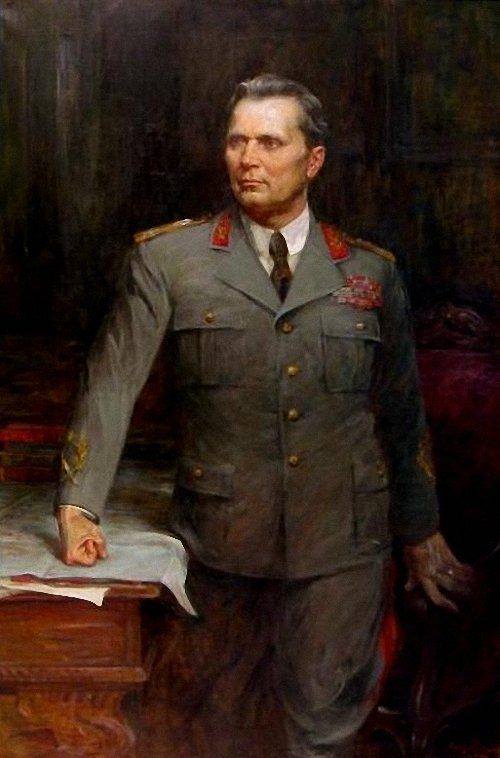
In the trenches of Spain, Tito also formed connections with influential communist activists and leaders. These interactions solidified his commitment to communism and paved his path in the Yugoslav Partisan movement. The Spanish Civil War, thus, was not just a chapter in his life but a foundational experience, profoundly shaping Tito’s strategic thinking and leadership approach.
2. Tito and Stalin: A Complex Relationship
Josip Broz Tito and Soviet leader Joseph Stalin shared a multifaceted bond. Initially comrades-in-arms during the early post-World War II years, their rapport took a dramatic turn as Tito began to assert Yugoslavia’s independence from Soviet influence. Tito’s determination to maintain Yugoslavia’s sovereignty led to a significant rift between the two nations.
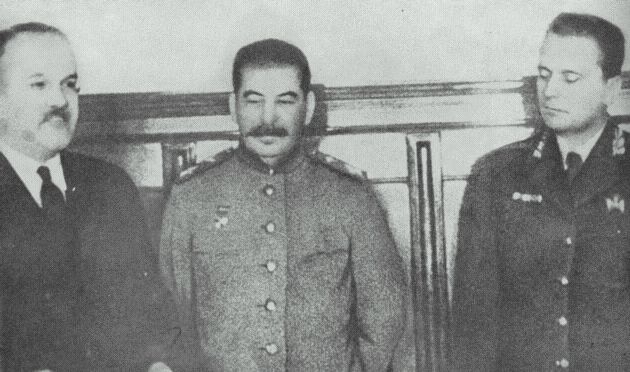
Stalin, feeling challenged by Tito’s defiance, allegedly orchestrated multiple assassination attempts against him. Despite the threats, Tito stood firm in his stance, emphasizing Yugoslav autonomy and further distancing the nation from Moscow’s grip. This tumultuous relationship was emblematic of Tito’s unwavering commitment to Yugoslav self-determination, even in the face of immense pressure from one of the world’s superpowers.
3. Tito’s Visits to the United States and Relations with American Presidents
Despite the ideological divide of the Cold War, Josip Broz Tito recognized the importance of fostering diplomatic ties with the United States. His visits to the nation were strategic maneuvers, emphasizing Yugoslavia’s unique position as a bridge between the East and West. During these trips, Tito met with American leaders like Richard Nixon and Jimmy Carter, signaling a willingness to collaborate despite significant ideological differences.

These engagements were not just ceremonial but deeply strategic. They allowed Tito to leverage Yugoslavia’s neutral stance, securing economic and political support while maintaining its non-alignment. The meetings underscored Tito’s astute diplomatic skills, highlighting his ability to balance relationships with superpowers and champion the interests of Yugoslavia on the global stage.
4. The Non-Aligned Movement and Tito’s Vision
The Non-Aligned Movement (NAM) stands as one of the most significant diplomatic endeavors of the 20th century, and Josip Broz Tito was at its forefront. Established as an alliance of countries unwilling to side with either NATO or the Warsaw Pact during the Cold War, NAM sought a middle ground, emphasizing neutrality and self-determination.
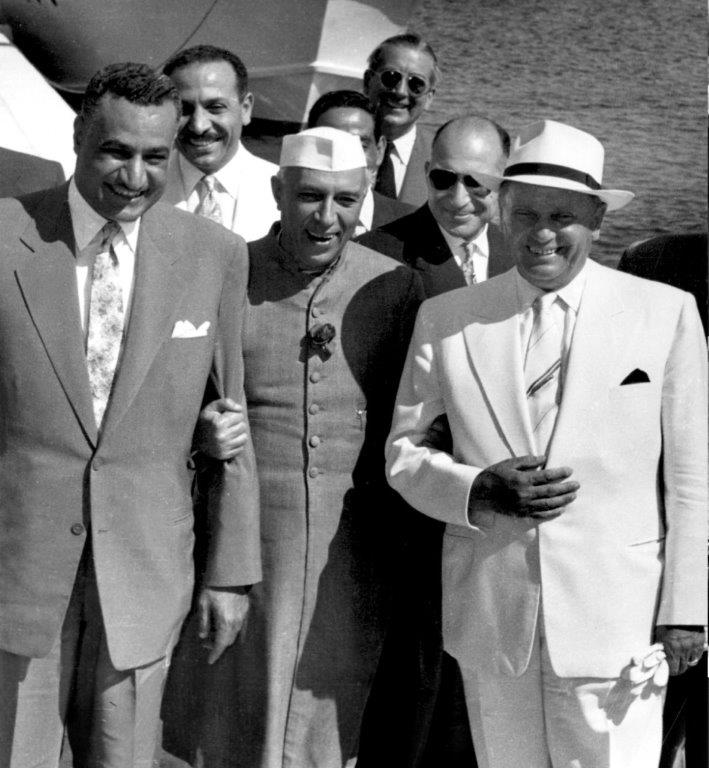
Tito, alongside co-founders like India’s Jawaharlal Nehru and Egypt’s Gamal Abdel Nasser, envisioned NAM as a platform for nations to assert their independence from the superpower tug-of-war. This vision was groundbreaking; it provided smaller nations with a voice and a shared platform to navigate global politics without succumbing to superpower dominance. Tito’s leadership in NAM underscored his belief in international solidarity and the importance of preserving national sovereignty in the face of external pressures. Through NAM, Tito not only elevated Yugoslavia’s global stature but also championed a broader movement for neutrality and independence in international diplomacy.
5. Tito’s Marriages and His Complex Relationship with Women
Josip Broz Tito’s personal life, specifically his relationships with women, offers a glimpse into the multifaceted nature of this formidable leader. Over the course of his life, Tito had several marriages and liaisons, each reflecting different phases of his journey and the evolving political landscapes he navigated.
His first wife, Pelagija “Polka” Belousova, was a Russian woman he met during his time in the Soviet Union. This relationship intertwined his personal life with his early political experiences, rooted in the early Communist ideologies and the camaraderie of revolutionary circles. Their marriage bore a son, but with time and Tito’s rising political engagements, the relationship dissolved.
As Tito’s stature grew in Yugoslavia, so did his connections with various women. However, it was Jovanka Broz, a woman many years his junior, who became his last wife and one of the most recognized figures beside him. Their relationship, which began in the early 1950s, saw Jovanka transition from a secretary in the Partisan headquarters to the First Lady of Yugoslavia. Despite the public nature of their union, the couple’s relationship was shrouded in intrigue, with rumors of political conspiracies and power struggles surrounding Jovanka’s role and influence.
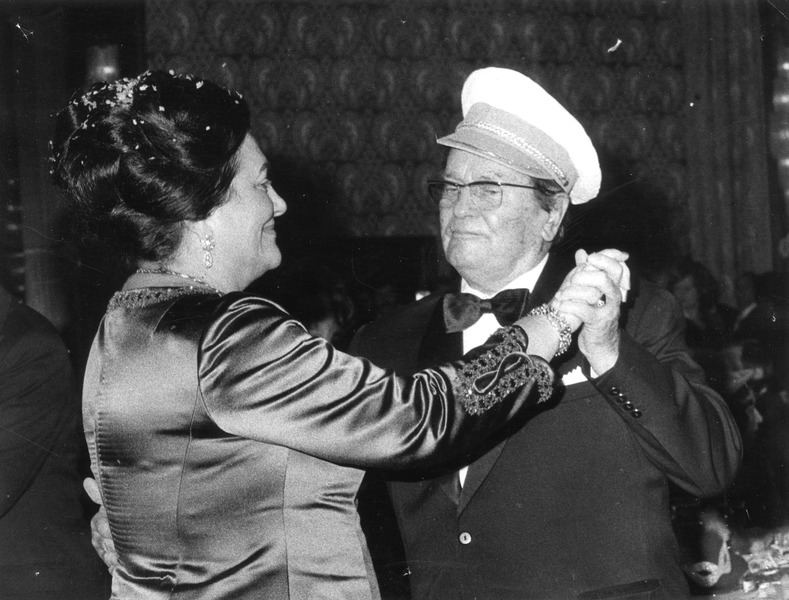
Beyond his marriages, Tito’s later years were marked by his relationships with various women, some of whom played roles in the cultural and social spheres of Yugoslavia. These connections, often colored by Tito’s charisma and power, showcased his ability to blend personal affinities with political pragmatism.
Throughout his life, Tito’s relationships with women were complex, mirroring his own evolution from a revolutionary to a statesman. They offer a personal window into the man behind the public facade, revealing both his vulnerabilities and his adeptness at navigating interpersonal dynamics in the shadow of political power.
6. Tito’s Funeral: A Global Gathering
The passing of Josip Broz Tito in 1980 marked the end of an era for Yugoslavia, but the magnitude of his influence was truly showcased at his funeral. Tito’s burial was not just a national event; it turned into an unprecedented global gathering, highlighting the international stature he had achieved during his lifetime.
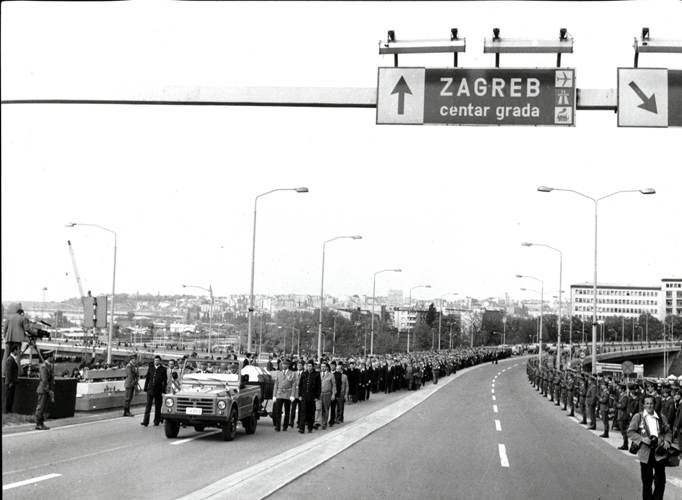
Leaders from all over the world came to Belgrade to pay their respects. The funeral became one of the largest gatherings of world statesmen in history, with attendees from both sides of the Cold War divide. The list was impressive: over 120 delegations from different countries, including four kings, 31 presidents, six princes, 22 prime ministers, and 47 ministers of foreign affairs. This diverse group, spanning various ideologies and alliances, gathered in unity to honor a leader who had skillfully navigated the intricacies of global politics.
The sheer scale of Tito’s funeral was emblematic of his diplomacy and the respect he commanded internationally. It underscored how Tito’s vision, particularly his championing of the Non-Aligned Movement, had resonated with leaders worldwide. The funeral was not just a farewell to a leader; it was a testament to Tito’s enduring legacy and the bridges he had built between nations during one of history’s most polarized epochs.
7. Tito’s Legacy: Reflections and Perceptions in Modern Times
The imprint Josip Broz Tito left on Yugoslavia and the broader geopolitical canvas is undeniable. But beyond politics, his legacy resonates in the cultural, social, and national consciousness of the regions that once made up Yugoslavia. Decades after his passing, Tito remains a figure of fascination, reverence, and in some cases, contention.
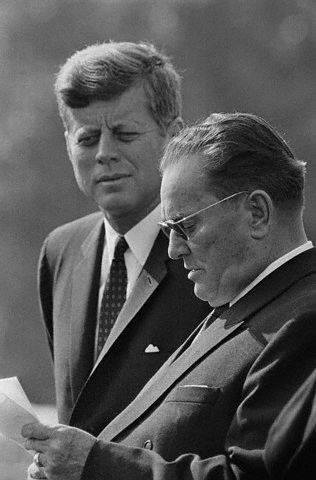
In the cultural realm, Tito’s influence can be seen in art, literature, and film. Many artists, both during his era and in subsequent generations, have grappled with his larger-than-life persona, depicting his leadership in various shades of admiration or critique. The Tito-era, with its unique blend of socialist principles, pan-Slavic unity, and relative openness to the West, inspired a unique Yugoslav culture which many nostalgically remember as the “Golden Age” of peace and prosperity.
However, Tito’s legacy isn’t without its complexities. As the Balkan region underwent tumultuous changes in the 1990s, Tito’s vision of a united Yugoslavia came under scrutiny. Some view him as a unifying figure who suppressed nationalist sentiments to maintain a fragile unity. Others criticize his authoritarian methods and argue that the suppression of nationalist sentiments during his rule contributed to the violent disintegration of Yugoslavia in the 1990s.
Today, in the various nations birthed from the dissolution of Yugoslavia, Tito’s legacy is celebrated and debated with equal fervor. Monuments and museums dedicated to him exist alongside debates and discussions about his role in shaping modern Balkan identities. Tourist trails, tracing his life’s journey and places of significance, draw thousands every year, indicating the enduring fascination with Tito.
In the grand tapestry of history, Josip Broz Tito remains an emblematic figure whose legacy is multi-layered, deeply influential, and continues to be the subject of introspection and discussion in the contemporary Balkans and beyond.
Historical Challenge: Can You Conquer the Past?
Answer more than 18 questions correctly, and you will win a copy of History Chronicles Magazine Vol 1! Take our interactive history quiz now and put your knowledge to the test!

